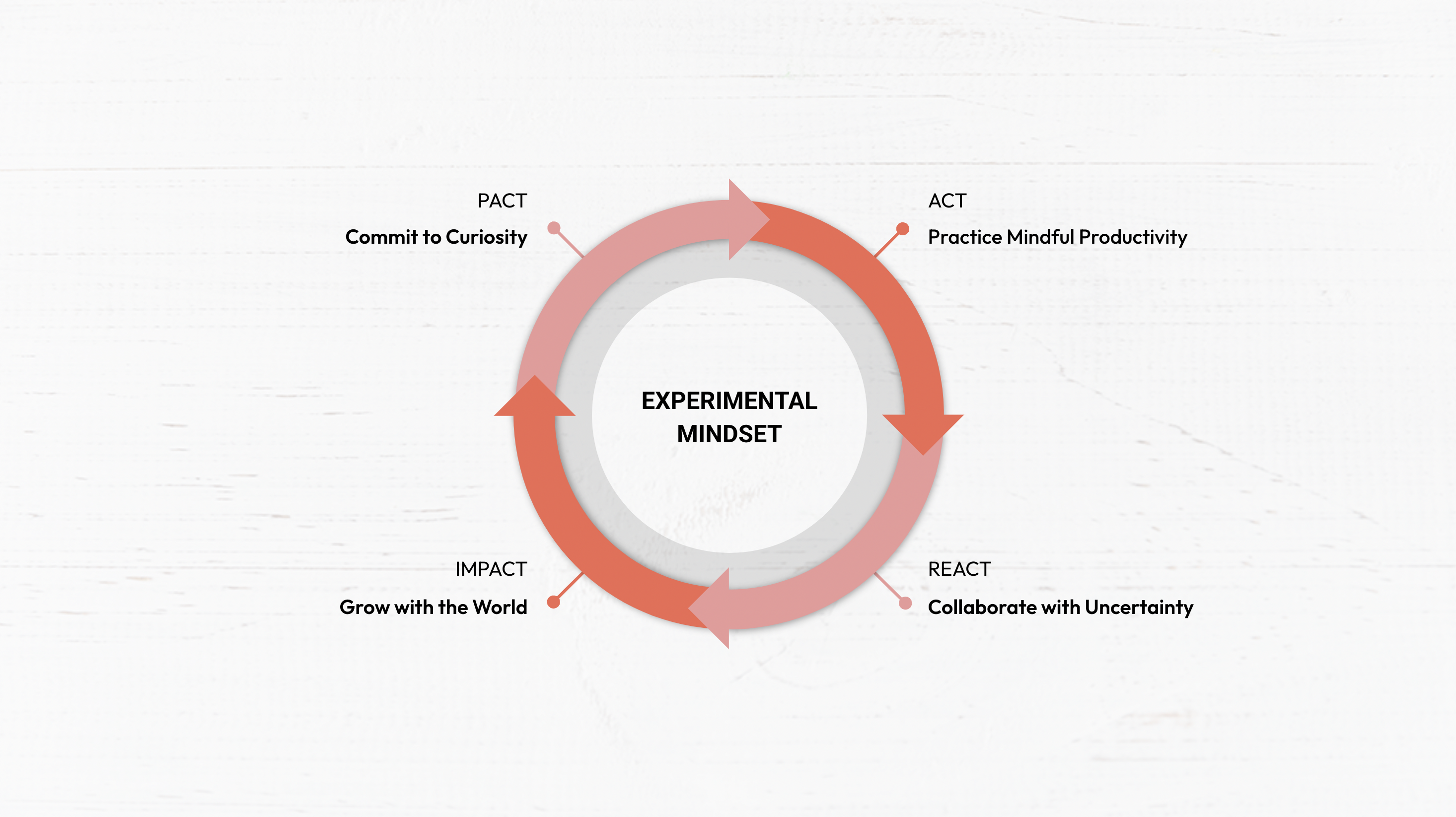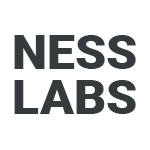How do you respond to uncertainty? Do you jump straight into action, carefully analyze the situation first, or perhaps spend time imagining all the potential outcomes?
We all face new challenges, but each of us tends to navigate these experiences differently, in ways that can reveal fascinating insights about our relationship with uncertainty, change, and growth.
In my book Tiny Experiments: How to Live Freely in a Goal-Obsessed World, I explore how an experimental mindset can transform not just what we achieve, but how we experience the journey itself – and how that journey is different for everyone.
At the heart of personal experimentation are four distinct phases that work together to create meaningful change. They all work together, but every experimentalist tends to have one phase that feels like a more natural starting point.

1. Pact. This is the imagination phase where you choose the hypothesis you want to test. In this phase, you question your goal and embrace the unknown as a playground for personal growth.
Experimentalists who are more comfortable in that phase tend to excel at seeing possibilities others miss. They often have multiple ideas brewing simultaneously. However, they sometimes struggle with following through if they don’t consciously develop strategies to move from imagination to action.
2. Act. This is the action phase where you actually conduct the experiment and collect data. If you’re more comfortable in this phase, you’ll tend to thrive in hands-on execution and maintaining momentum. You’re basically the person who gets things done.
But this can also mean you might sometimes rush through the planning phase, skip important reflection opportunities that could deepen your learning, or ignore early signs or burnout because you’re too focused on making progress.
3. React. This is the metacognition phase where you analyze results, iterate, and reflect. In this phase, you create growth loops to continuously learn and improve. Those who excel here are great at extracting insights from experiences and using metacognitive tools to navigate uncertainty.
Knowledge workers tend to be quite comfortable with this phase because analytical thinking and reflection are highly valued in their professional settings. However, they might sometimes get caught in analysis paralysis, overthinking things which can delay action.
3. Impact. This is the contribution phase where you use what you’ve learned to contribute to something bigger than yourself. That’s the phase a lot of ambitious people tend to focus on: we want to make our mark and create lasting change.
In contrast, if you approach impact with an experimental mindset, you recognize that the “lone genius” is a myth and that we grow better by sharing our learning journey. You know the value of unlocking social flow, learning in public, and engaging in generative work that benefits your communities in the here and now, versus focusing on the elusive concept of long-term legacy.
Which phase of the experimental cycle resonates most with you? Ask yourself:
- Pact: Do you love researching, imagining possibilities, and forming hypotheses?
- Act: Do you thrive in implementation and hands-on “getting things done” work?
- React: Are you naturally reflective and analytical about your experiences?
- Impact: Do you instinctively look for ways to share your journey to help others?
While it’s normal to have a preferred phase, being able to move fluidly across all four phases is key to becoming a well-rounded experimentalist. By embracing all four phases of the experimental cycle, you can become the lead scientist of your life.
Rather than being constrained by rigid goals or paralyzed by uncertainty, you can develop the flexibility to adapt, learn, and grow through whatever life brings your way. So, what will be your first tiny experiment?
